Stitching ties across generations
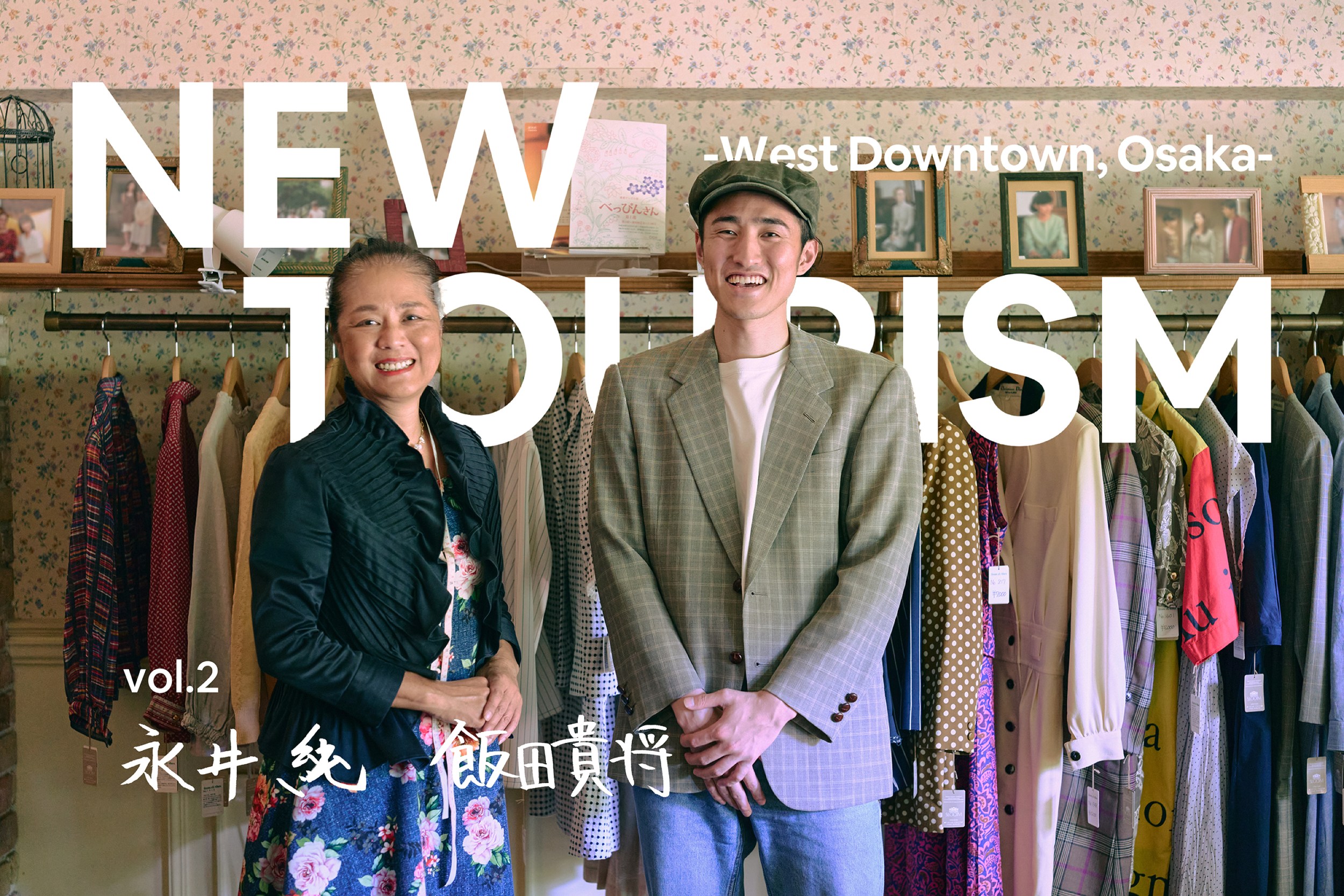
Meet the sustainable entrepreneurs shaking up the vintage clothing scene in Osaka
Jun Nagai and Takamasa Ida/ Co-chairpersons of “from clothes”
What if you could make a connection with someone you’ve never met through an item of clothing? Even better, what if you could do your part to improve our environmental habits in the process?
The clothing brand ‘from clothes’, a sustainable project that connects people who no longer wear their clothes with those who want to wear them, is helping people do just this. It is run by designer Jun Nagai, director of custom-made clothing store St.ODIM, in collaboration with co-president Takamasa Ida, a young social entrepreneur. The dynamic pair are accompanied by a team of students aged between 20 and 22.
We spent time at the store to see first-hand how formerly forgotten garments find new purpose as unique vintage pieces, and how ‘from clothes’ is promoting ethical consumption and lifestyle through apparel.
A new life for long-forgotten clothes, too good to be discarded
The main St.ODIM store sits opposite the Utsubo Park, with a view of fresh green canopy. Inside, the space resembles a cozy living room, enveloped by lush greenery and bathed in abundant natural light streaming through the windows. Rows of clothing are neatly arranged. Each garment bears a tag carrying not just its details but also the treasured memories of its previous owner.
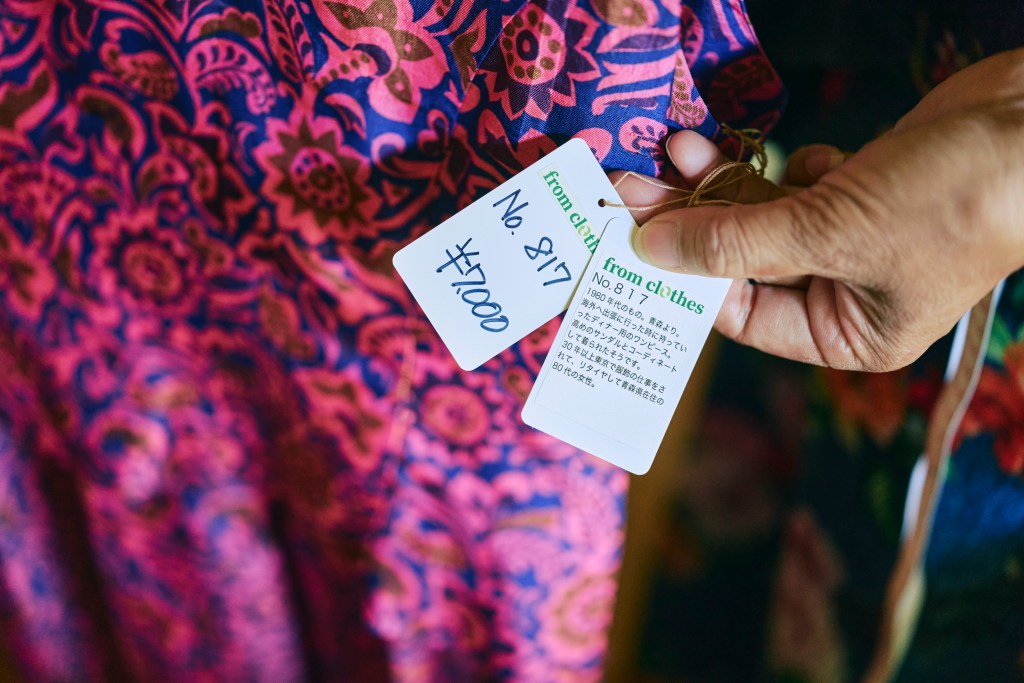
“We sell clothes from the 1970s to the late 1990s. We have pop-ups once a month at this location, as well as fitting sessions and photo shoots where university students come up with coordinated outfits,” Ida tells us. Ida says that he co-founded this initiative after a chance meeting with Nagai, who has been working in the clothing industry for many years.
Nagai recalls how it began: “A customer of mine told me that her 75-year-old mother’s closet was a ‘disaster’. When I went to her home, I found that the closet was overflowing with clothes, but that she couldn’t throw any away. I realized that there were many people who were having trouble throwing away clothes filled with wonderful memories, so I decided to ‘take in’ the old clothes.” While Nagai was wondering what to do with the large amount of used clothing she had collected, she met Ida at a student event where he was volunteering.
Ida, who was a college student at the time, visited Nagai with other peers and was inspired when he saw the mountain of second-hand clothing. “Every outfit was cute, and in better quality than I could have imagined!”, he said, explaining they were all blown away by the garments. “That was when I first learned that a huge amount of high-quality clothes, made with sewing techniques that are rare today, were being thrown away.”
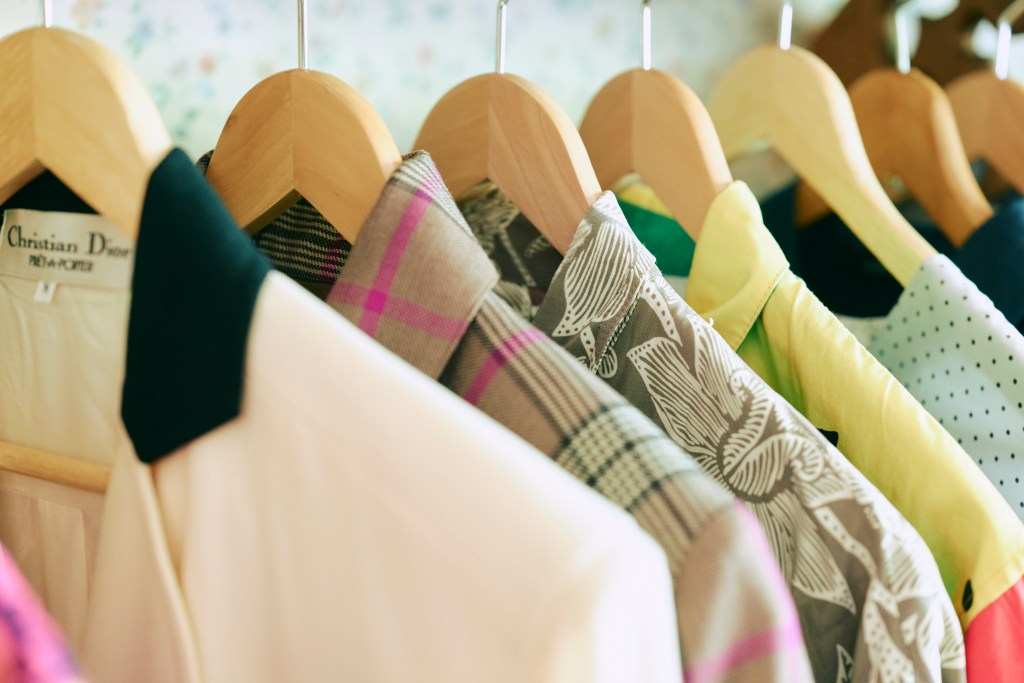
Ida says he felt he could do something with this situation. “What if we could get more young people to see these great vintage clothes?” With this in mind, ‘from clothes’ was launched with the help of his fellow students.
In August 2021, the team held their first pop-up, initially as a trial. It was a huge success, crowded with nearly 50 Generation-Z customers all exclaiming “cute!” as they read the tags on each piece of clothing and learned about the touching stories behind each item.
Step back in time through clothing
For all items sold at ‘from clothes’, Nagai and Ida like to visit the owner’s home to collect the garment’s story from the person who wore it.
“Many people who provide clothes to us like to travel,” explains Nagai. “So there were clothes that a woman and her husband had acquired on their travels and clothes that were purchased just for the trip. Don’t you think that is centered around a lot of happy memories? I would be happy if the future wearers can experience the same sense of happiness. I think these clothes, too, would be happy to create another story with the new owner and be worn until they fall apart.”
As Nagai says, the charm of ‘from clothes’ is that you can create cross-generational connections with someone you don’t even know through clothing. Their sourcing process also means they’re able to offer a very different kind of product range to a conventional store. Whereas most apparel stores have a uniform range of items based on a seasonal concept, this store offers a variety of genres, from casual to dressy, and because many of the vintage items were made to order, the size of each garment is different. It is interesting to note that some people choose clothes that belonged to the same owner, as they know that they share the same fashion taste.
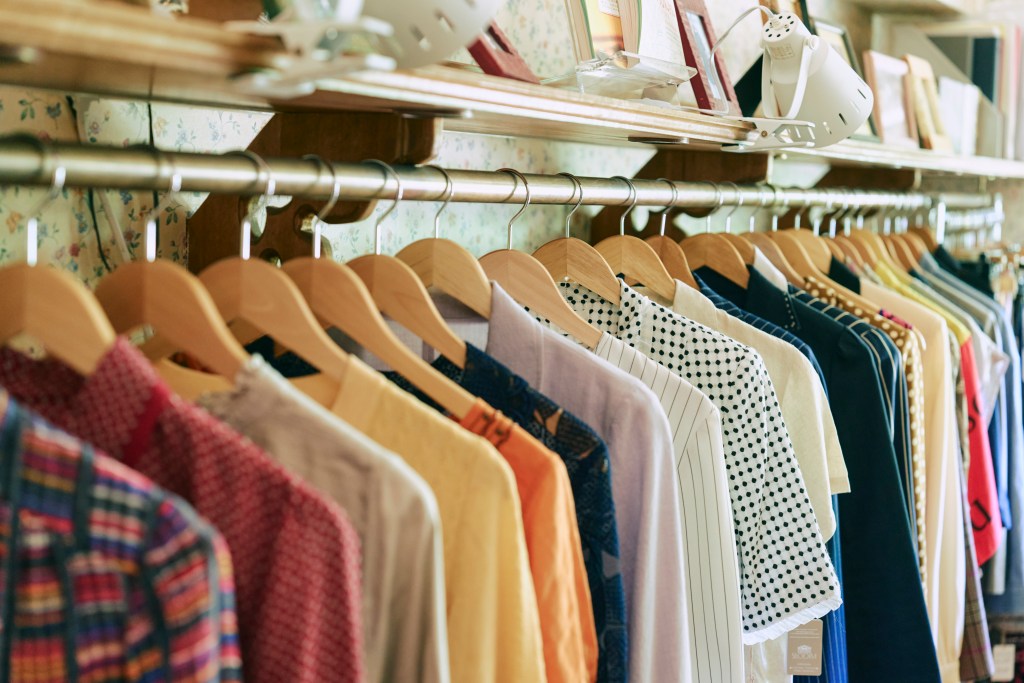
At a time when it’s very easy to shop absent-mindedly with our smartphones, this store allows a more spontaneous and senses-led shopping experience. You have a relationship with the products, meaning the purchase you make will be unforgettable. And it is not only the clothes that are memorable, but also the space itself. Nagai chose this shop near Utsubo Park because she fell in love with the one-of-a-kind location, with nature so close by that the greenery is right up close to the building.

“We wanted a place with lots of light if we were going to open a store,” she says. “As the name of the place indicates, ‘Kyomachibori’, there was once a moat in this spot. There was a river running right in front of this building, but the City Government reclaimed it. I don’t think there is a place in all of Japan where you can find a park right in front of a building without a single road in between.”
Clothes, nature, and people seem to interact peacefully in this space that feels like a remnant of the water city Osaka was once.
“Local production for local consumption”
The new approach of repurposing clothes initiated by ‘from clothes’ is underpinned by strong ethical principles. It has been 22 years since Nagai opened her store here, and she has been involved in fashion for a long time. What does ‘ethical’ mean to her?
“In the apparel world,” she explains, “inventory is sometimes incinerated to be expensed in order to save money. When I learned that, I was really sad since I had worked so hard on the design of clothes. There was a time when we exported surplus products overseas because it was not good to throw them away. Most of the destinations were in Southeast Asia and since many of the clothes sent are made of synthetic fibers, the toxic gasses produced when they are burned are a health hazard to the local people. I questioned this situation and started to think that we should take care of the clothes until the end within the country where they were made”
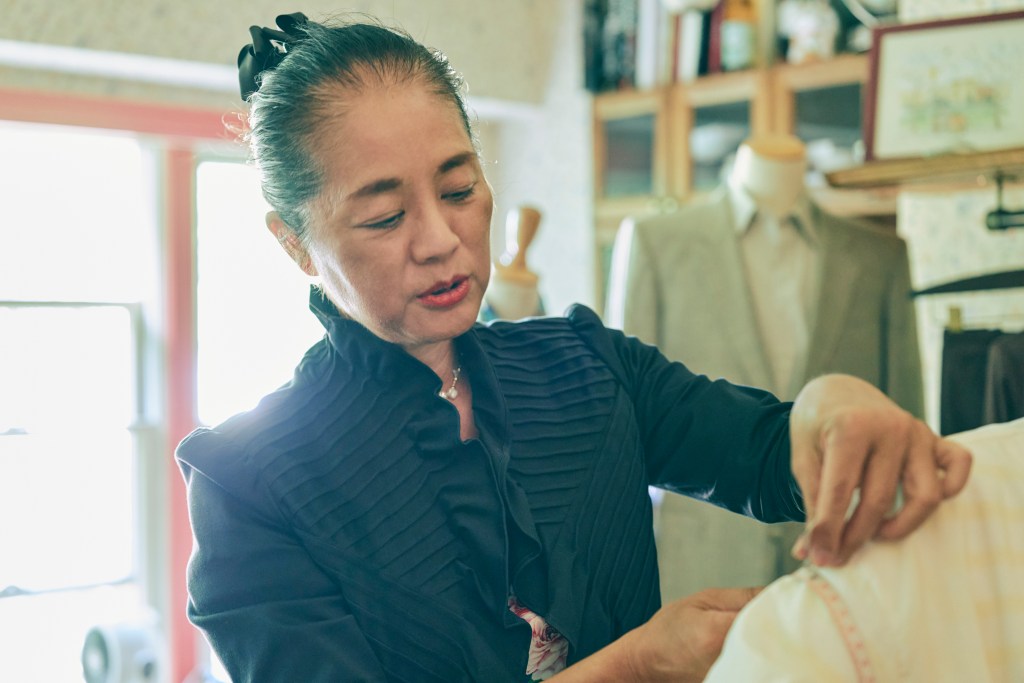
“One of the 17 aims of the SDGs (Sustainable Development Goals) is ‘Responsible Production and Consumption’, and creators must own the responsibility of a garment’s life cycle until the end. Designers of the future must design with that in mind, and so must everyone who produces something. Of course, newness is also necessary to keep the economy growing, so I think it is necessary to both successfully reuse what exists in the world and create something new,” says Nagai. “Just like food, I think clothing must be produced and consumed locally. For me, this business has put new values out there. I believe that it is ethical and beneficial for everyone to think about local production for local consumption.”
These could-be old-fashioned values are now having a resurgence. Businesses such as ‘from clothes’ serve as shining examples of the Japanese fashion industry to the rest of the world.
From ‘Made in Japan’ to Paris
Ida is the general producer of the Ethical Expo, a festival for Generation Z, which was held in Osaka in June 2023 (our interview was conducted before in May 2023). The theme of the festival is ’Reviving Japan’s Global Presence through Ethical Practices’; ‘from clothes’ also participated, and through the event, Ida is eager to convey that being ethical can also be cool.
He expressed his aspirations to make the event into a bigger movement involving more companies. “I believe that the very essence of ‘ethical’ closely resonates with the deeply cherished old Japanese spirit of ‘mottainai’ (not wasting what is valuable). When I used to leave a grain of rice, my grandmother would say to me, ‘Do you know how many people are involved in producing this rice?‘ Mottainai is a state that reminds us of the intrinsic value of things,” he explains. “Although this perspective is well-regarded internationally, Japanese people themselves sometimes seem to be neglecting the spirit, attempting to move in the opposite direction by emulating foreign countries. My desire is to foster and promote this distinctive Japanese culture among the younger generation.”
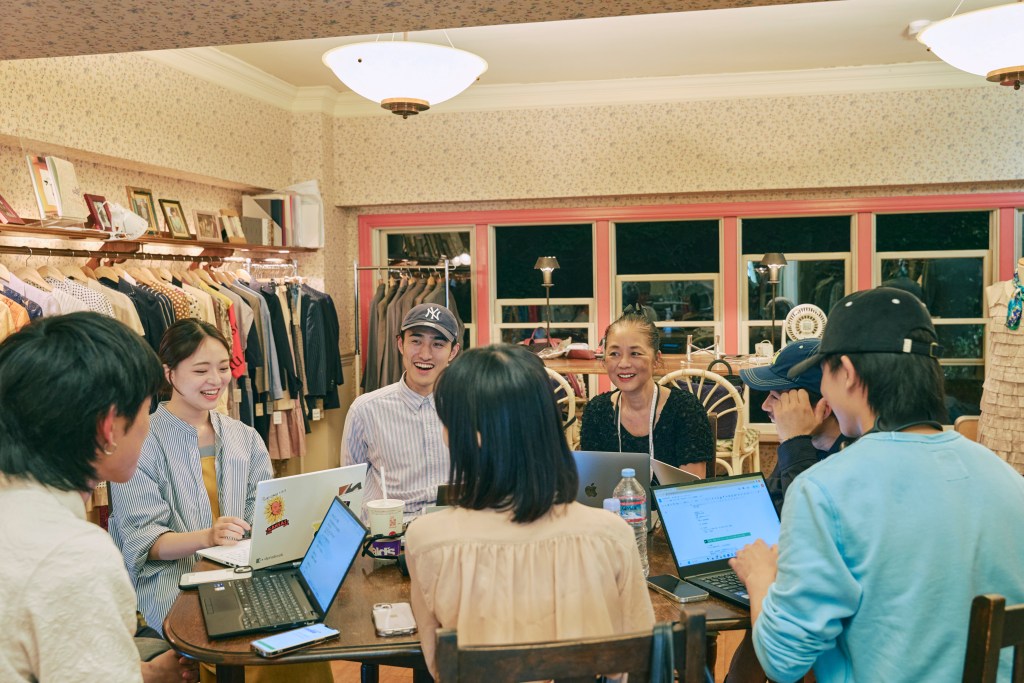
In addition, the company participated in the Japan Expo held in Paris, France, in July 2023. Nagai plans to collect and bring not only clothes but also kimonos so that visitors can actually hold the remade items in their hands. (*Interview held in May, 2023)
“When people who have reached a certain age start considering the end of their lives, the first thing they do is to throw away large quantities of clothes, including kimonos,” she says. “Both kimonos and vintage fashion pieces are true treasures of Japan. The quality of ‘Made in Japan’ vintage tailoring is something we should feel very proud of. It would be great if people from overseas can feel the spirit of skilled craftsmanship,” says Nagai. Her vision for the future involves broadening the reach of ‘from clothes’ across Japan, aiming to preserve and share Japanese treasures with the world, leaving no room for wasteful discarding.
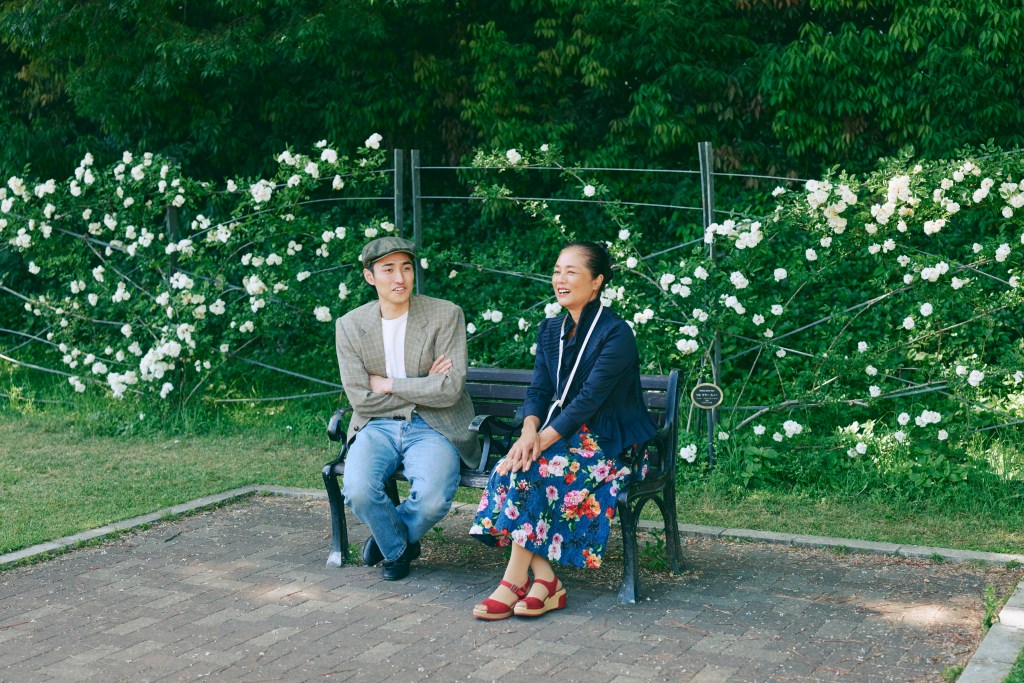
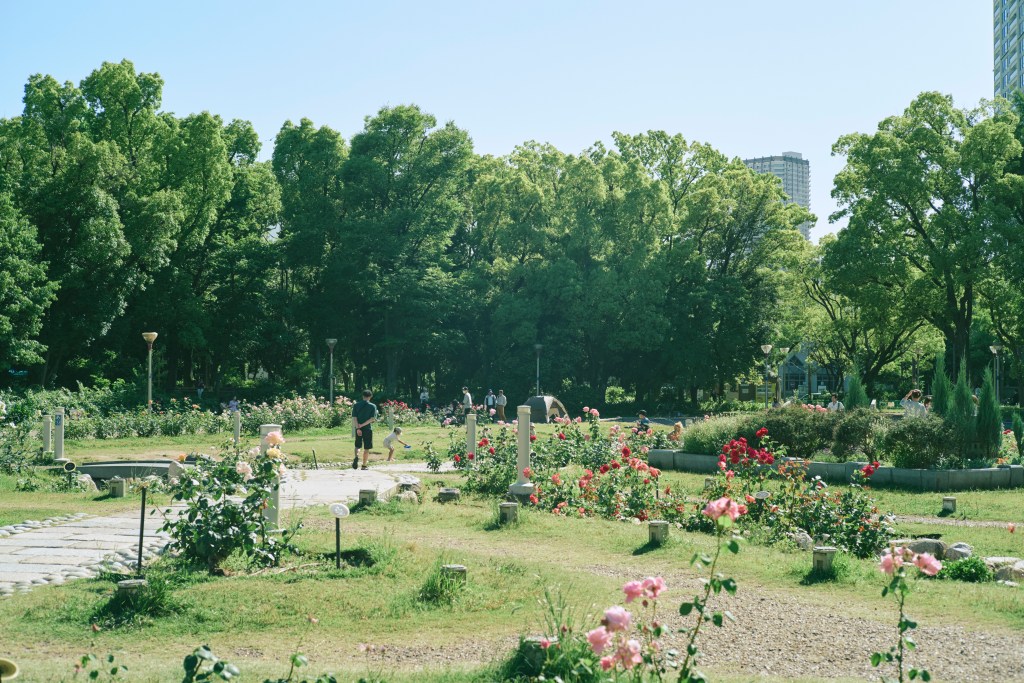
The area near Utsubo Park, where St.ODIM is located, has become a place where many foreign residents have chosen to live in recent years. “I often hear the sound of children’s voices playing in the park in foreign languages. I think it will become an increasingly international place in the future,” they say.
The area is close to Namba and Umeda, making it easy to reach. It’s an unforgettable ‘Made in Japan’ experience for anyone wishing to be transported to the past while also considering how we can do things better in the future. We strongly advise you go and discover the place for yourself next time you’re in town – who knows what treasure you might find.

Profile
Nagai is from Yamaguchi Prefecture. Following her graduation from a technical college in Osaka, she chose to remain in the city, drawn by the genuine warmth of its people. After building a career as a designer for an apparel manufacturer, she opened St.ODIM in 2001. She has participated in Paris Fashion Week and provided costumes for TV dramas.
As a native of Osaka, Ida organized a fireworks event on New Year’s Eve in 2020 during his time at Kinki University with the aim of “spreading more smiles across the world”. He is also currently the Executive Director of Ethical Expo Japan.